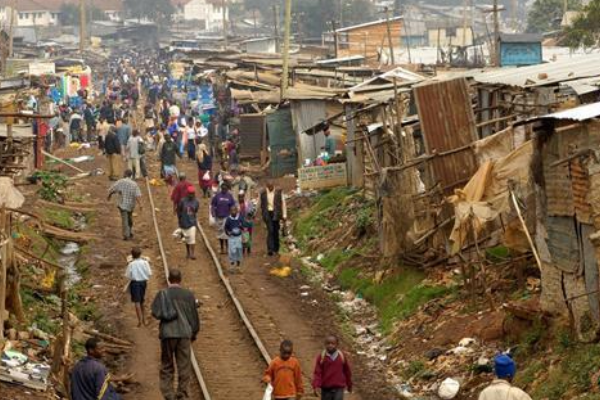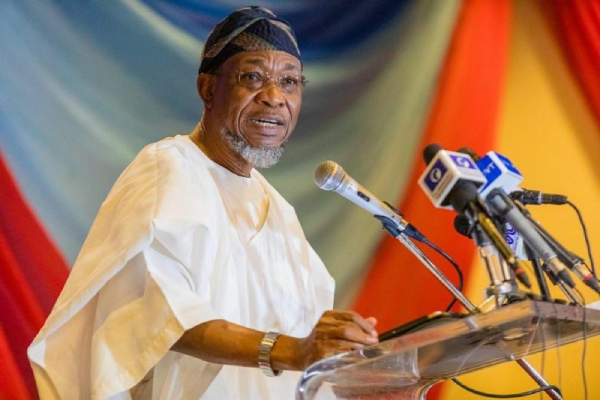According to the World Bank’s current 2022 Poverty and Prosperity Report, Nigeria and Congo have the highest proportion of extremely poor individuals in the world.
Despite having a substantial percentage of the global extreme poor, Nigeria and Congo contributed less to the growth in extreme poverty because the economic shocks caused by the epidemic were minor in the nations.
It noted that while Congo contributed half a million people, Nigeria contributed three million people to global extreme poverty.
[wonderplugin_video iframe=”https://youtu.be/HCibFkEDGUI” lightbox=0 lightboxsize=1 lightboxwidth=960 lightboxheight=540 autoopen=0 autoopendelay=0 autoclose=0 lightboxtitle=”” lightboxgroup=”” lightboxshownavigation=0 showimage=”” lightboxoptions=”” videowidth=600 videoheight=400 keepaspectratio=1 autoplay=0 loop=0 videocss=”position:relative;display:block;background-color:#000;overflow:hidden;max-width:100%;margin:0 auto;” playbutton=”https://www.tvcnews.tv/wp-content/plugins/wonderplugin-video-embed/engine/playvideo-64-64-0.png”]
The report read in part, “Although smaller in population, Nigeria and the Democratic Republic of Congo are still relatively large countries and home to a large share of the global extreme poor; however, they had relatively mild economic shocks in 2020 and so contribute less to the global increase in extreme poverty, about three million and half a million, respectively.”
The World Bank had previously cautioned in its research titled ‘A Better Future for All Nigerians: 2022 Nigeria Poverty Assessment’ that many non-poor Nigerians were only one tiny shock away from sliding into poverty.
Furthermore, such a shock could be caused by climate or war difficulties, jeopardizing Nigeria’s poverty-reduction initiatives.





